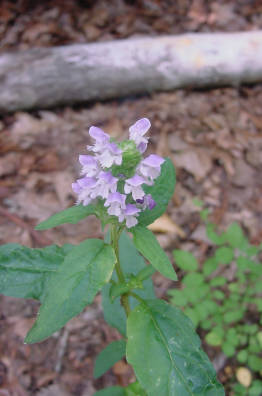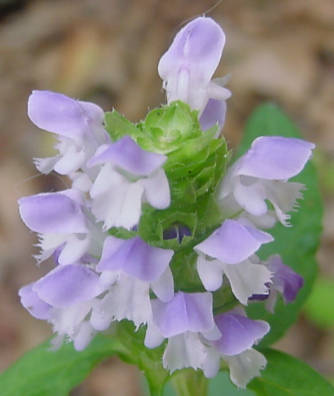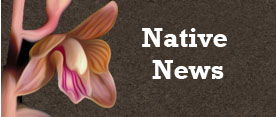NC Native Plant Society:
Plant Details
Prunella vulgaris var. lanceolata
American Self-heal, American Heal-all
Scientific Name: |
Prunella vulgaris var. lanceolata |
|---|---|
Genus: |
Prunella |
Species Epithet: |
vulgaris |
Common Name: |
American Self-heal, American Heal-all |
Plant Type |
Herb/Wildflower |
Life Cycle |
Perennial |
Plant Family |
Lamiaceae (Mint Family) |
Native/Alien: |
NC Native |
Size: |
0-1 ft., 1-3 ft. |
Bloom Color(s): |
Purple |
Light: |
Sun - 6 or more hours of sun per day, Part Shade - 2 to 6 hours of sun per day |
Soil Moisture: |
Dry, Moist |
Bloom Time: |
April, May, June, July, August, September, October, November, December |
Growing Area: |
Mountains, Coastal Plain |
Habitat Description: |
American Self-heal, Prunella vulgaris var. lanceolata: Disturbed areas, pastures, roadsides, bottomland forests; other forests and woodlands (Weakley 2015). Common throughout NC. Eurasian Self-heal Prunella vulgaris var. vulgaris: Disturbed areas, pastures, roadsides, bottomland forests; other forests and woodlands (Weakley 2015). A rare non-native in NC Piedmont. |
Leaf Arrangement: |
Opposite |
Leaf Retention: |
Nothing Specified |
Leaf Type: |
Leaves veined, not needle-like or scale-like |
Leaf Form: |
Simple |
Life Cycle: |
Perennial |
Wildlife Value: |
Has some wildlife value |
Landscape Value: |
Not Recommended for home landscapes |
State Rank: |
S5: Secure (*Key) |
Global Rank: |
G5 - Secure (*Key) |
Notes: |
Two varieties in NC, one native and the other Eurasian. A third (Asian) variety may also be present. Weakley (2015) notes: "Additional herbarium work is needed to clearly determine the relative ranges, distributions, habitats, and abundances of the two varieties, var. vulgaris and var. lanceolata. The possible additional recognition of var. hispida also needs assessment. Var. hispida Bentham, considered to have been originally e. Asian, is alleged to be widespread in se. United States. According to Fernald (1950), it differs from P. vulgaris var. vulgaris in having the 'stems, petioles, and often the lower surfaces of leaves densely villous-hispid' (vs. 'only sparingly and not conspicuously pilose')." |
|
Blooms
Black Mountain |
|
|
Closeup of Blooms
Black Mountain |
|
Links: |
|
back to top
go to plant details search
go to plant images search
go to gallery home
back to Initial p Gallery
back to orchids
back to Carnivorous Plants
back to Trilliums





